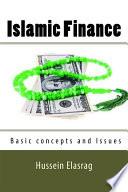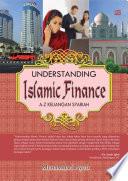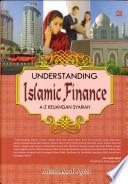
Islamic Finance: Basic Concepts and Issues
As the Islamic finance industry develops further, there is a growing need for standardization and professionalism across the industry. Coupled with this is the importance of adopting robust corporate governance systems of internationally recognized standards incorporating transparent, fair and ethical working practices. Islamic financial institutions are well-placed in this context, since at the heart of Islamic law is a vision of social development which requires all individuals and businesses to conduct themselves ethically and in a socially responsible manner. This Book tries to note the main Principal of Islamic finance. In addition to discuss the Improvement can be made in several areas to promote and enhance the providing Islamic financial services
- ISBN 13 : 8827566945
- ISBN 10 : 9788827566947
- Judul : Islamic Finance: Basic Concepts and Issues
- Pengarang : Hussein Elasrag,
- Kategori : Business & Economics
- Penerbit : Hussein Elasrag
- Bahasa : en
- Tahun : 2018
- Halaman : 156
- Google Book : http://books.google.co.id/books?id=RHFXEAAAQBAJ&dq=intitle:Basic+Concepts+of+Islamic+Market+Mechanisms&hl=&source=gbs_api
-
Ketersediaan :
... main theme of the above principle lies in four basic principles. Firstly, the mechanism of business ethics, secondly the mechanism of decision making, thirdly in adequate disclosure and transparency and lastly the mechanism of book keeping.









